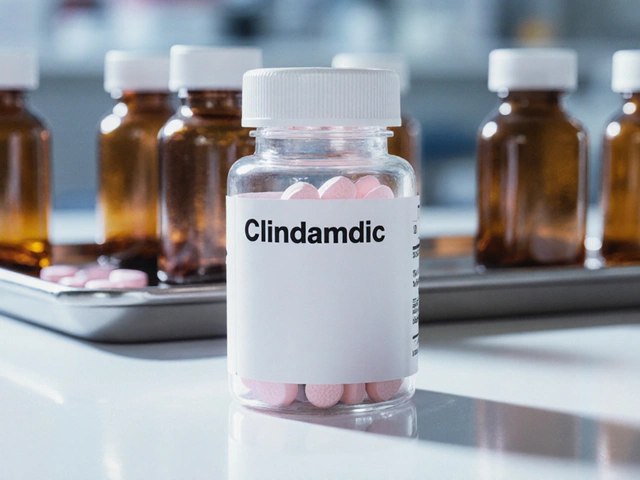Alcohol Urinary Incontinence: What It Is and How to Manage It
When dealing with alcohol urinary incontinence, the unintended leakage of urine that occurs after drinking alcohol. Also known as drink‑induced incontinence, it often surprises people who think occasional drinking can't affect bladder control. The condition sits at the crossroads of two major factors: alcohol consumption, the intake of ethanol‑containing beverages and urinary incontinence, the broader category of involuntary urine loss. Together they create a perfect storm where the bladder’s normal signaling gets hijacked, leading to sudden urgency or overflow. Understanding this link helps you see why a single night out can trigger a bathroom emergency and gives you a roadmap for prevention.
How Alcohol Alters Bladder Function
Alcohol is a potent diuretic, meaning it tells the kidneys to dump more water into the urinary tract. This increased urine volume spikes bladder pressure faster than the muscles can respond. At the same time, ethanol depresses the central nervous system, dulling the sensation that tells you the bladder is full. The result is a double hit: more fluid in the bladder and a weaker urge signal. Bladder dysfunction isn’t just about volume; it also involves the sphincter muscles that keep urine sealed inside. Chronic drinking can weaken these muscles, especially the pelvic floor, which acts like a supportive hammock. When the pelvic floor falters, the urethral closure pressure drops, making leakage more likely even with modest fluid intake.
Beyond the direct pharmacologic effects, alcohol often comes paired with lifestyle habits that aggravate incontinence. Late‑night socializing may lead to reduced sleep, which interferes with normal hormone regulation of urine production. Caffeine or sugary mixers further stimulate the kidneys, while high‑salt snacks raise blood pressure and can increase nocturnal urine output. Over time, these patterns can condition the bladder to become overactive, a state where it contracts too often or with too little filling. For people already prone to urinary incontinence, alcohol can push a mild issue into a disruptive problem.
What can you do if you notice the tell‑tale signs after a few drinks? First, recognize the early cues: sudden urgency, a feeling of “pressure” right after a toast, or a small amount of leakage before you even reach the bathroom. Adjusting drinking habits is the most straightforward fix. Sip water between alcoholic drinks to dilute the diuretic effect and keep urine concentration lower. Choose lower‑alcohol beverages—beer and wine usually have less ethanol per ounce than spirits—so the kidneys aren’t overloaded. Eating protein‑rich foods can slow alcohol absorption, giving the body more time to process the fluid load.
If you’re already managing a bladder condition, add targeted pelvic floor exercises to your routine. Simple Kegel squeezes—holding the contraction for five seconds, then relaxing—strengthen the muscles that keep the urethra closed. Consistency matters; a few minutes a day can make a noticeable difference within weeks. For some, a timed‑voiding schedule—urinating every two to three hours regardless of urge—helps train the bladder not to overreact after drinking. In more persistent cases, speaking with a urologist about medications that calm an overactive bladder or about behavioral therapies can provide relief without quitting alcohol altogether.
Below you’ll find a curated set of articles that dive deeper into each piece of this puzzle. From the science behind alcohol’s diuretic action to practical guides on pelvic floor strengthening, the collection covers why alcohol urinary incontinence happens, how to spot it early, and what steps you can take right now to protect your bladder health.

How Alcohol Consumption Triggers Urine Leakage and What to Do About It
Discover how alcohol affects the bladder, why it can cause urine leakage, who’s most at risk, practical prevention tips, and when to see a doctor.
View More




